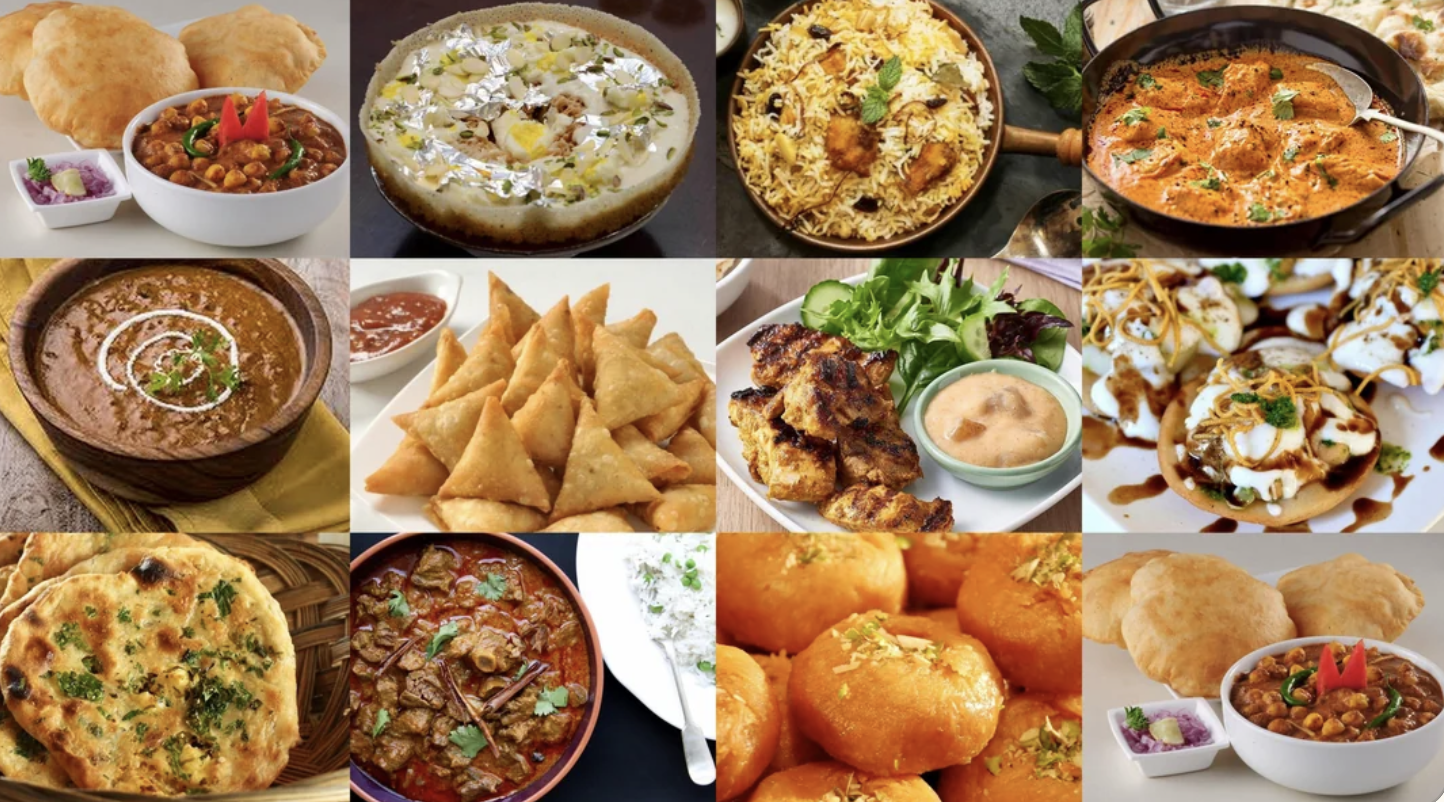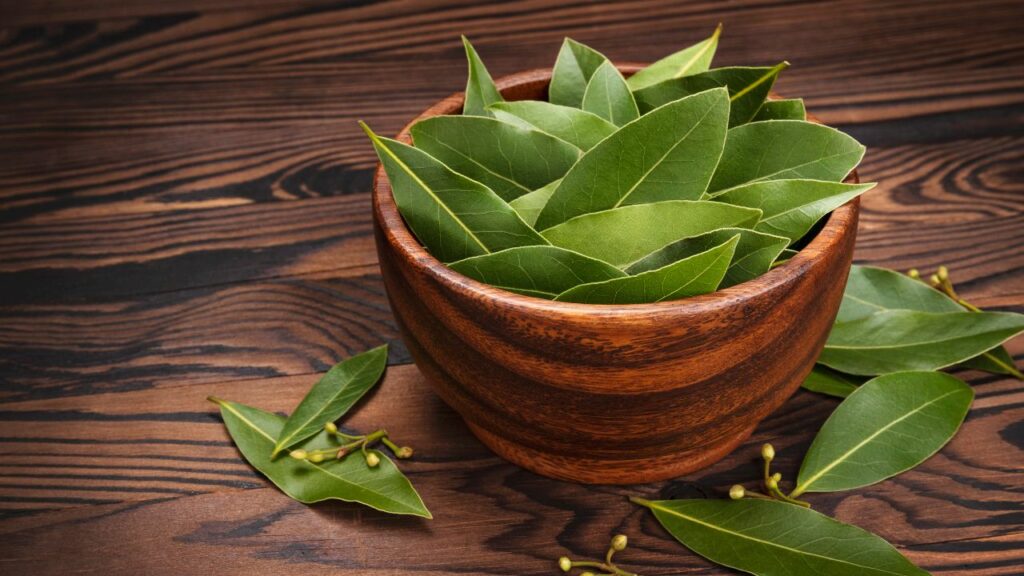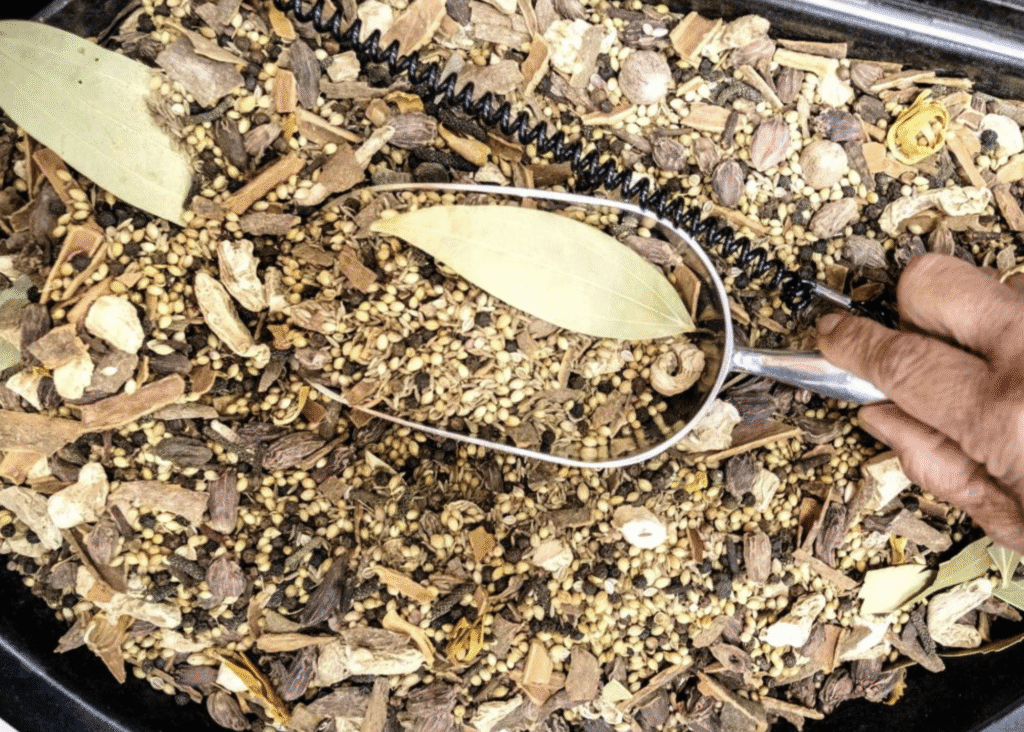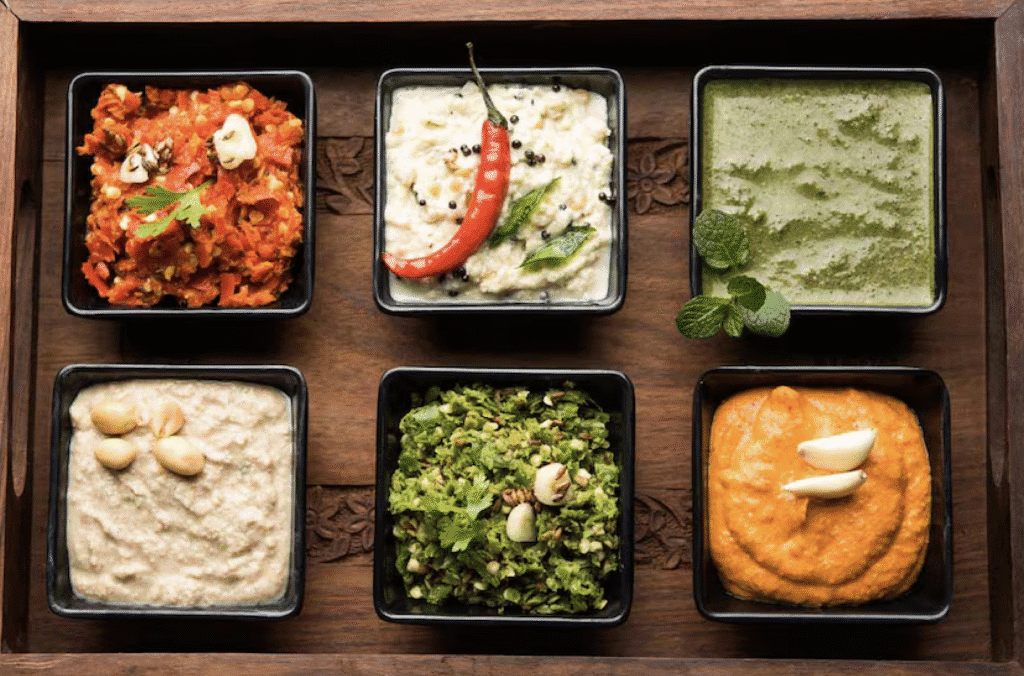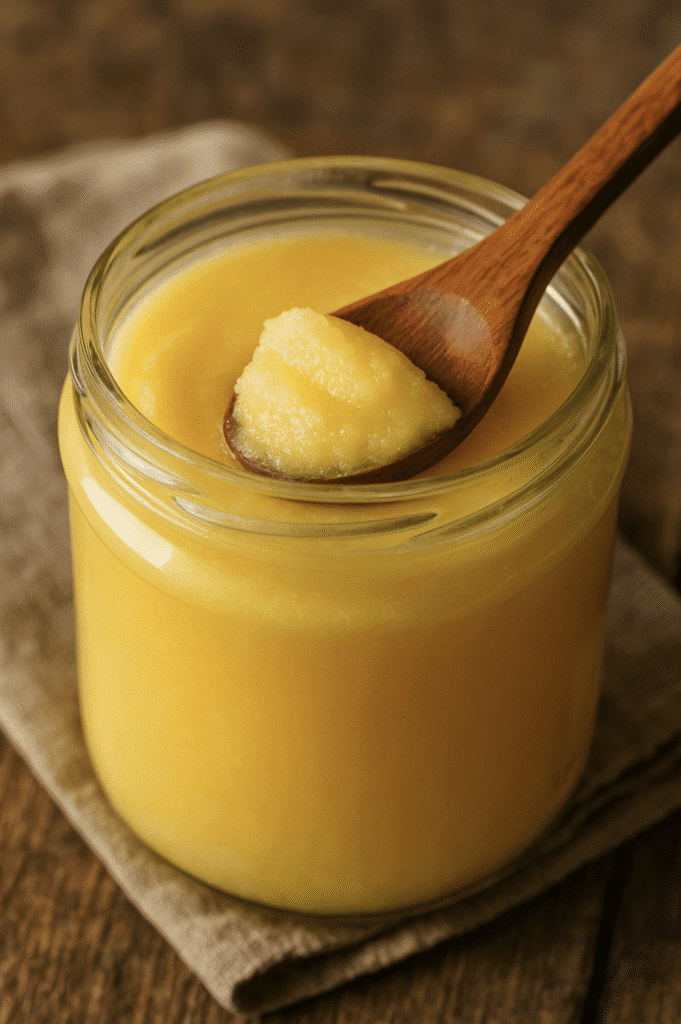The Difference Between North Indian and South Indian Flavors
One of the first things I learned when I started cooking Indian food at home was that “Indian cuisine” doesn’t mean just one thing. What I grew up eating — heavy on breads, creamy lentils, and warm spices — was completely different from a friend’s South Indian kitchen, where everything tasted brighter, sharper, and somehow lighter.
It’s not that one is better than the other. They just speak differently. One leans into richness, the other into tang. One gives you naan and paneer; the other, dosa and sambar. And once you notice the difference, you start to see how much geography and everyday ingredients shape the food.
Here’s a simple breakdown of the core differences between North and South Indian flavors — not as rules, but as helpful clues when you’re cooking or just trying to understand why one curry tastes completely different from another.
Table of Contents
Ingredients: What Grows Shapes What’s Cooked
North India: Wheat, Dairy, and Warming Spices
In the North — think Punjab, Delhi, Rajasthan, Uttar Pradesh — wheat is the staple. You’ll find flatbreads like roti, naan, and paratha served with nearly every meal. The climate is cooler and drier, which means more use of dairy: ghee, paneer, cream, and yogurt are common.
Common base ingredients:
-
Onions, tomatoes, ginger, garlic
-
Garam masala
-
Ghee and butter
-
Wheat-based breads
-
Lentils like chana dal, urad dal
South India: Rice, Coconut, and Sharp, Sour Notes
The South — including Tamil Nadu, Kerala, Andhra Pradesh, Karnataka — has a hotter, more humid climate, and rice is king. Coconut grows in abundance and shows up in all forms: grated, milked, or as oil. Flavors here often have more tang, heat, and bold spice.
Common base ingredients:
-
Curry leaves, mustard seeds, dry red chilies
-
Tamarind, kokum, or tomato for sourness
-
Coconut (fresh or in milk form)
-
Rice, dosa, idli, sambar
-
Lentils like toor dal and moong dal
🧂 Spice Blends & Cooking Fat
North India: Garam Masala & Ghee
In the North, garam masala is the backbone of many dishes. It’s a warming spice blend that can include cinnamon, cloves, cardamom, cumin, and more. Dishes are often slow-cooked and finished with a swirl of cream or butter. Ghee is used both for cooking and as a finishing touch.
South India: Whole Spices & Coconut Oil
South Indian cooking leans more on whole spices that are bloomed in hot oil — a process called tempering or tadka. Coconut oil is more common than ghee, and spice blends vary wildly by state. There’s often no “one” masala — it’s more about the sequencing of fresh ingredients and layers of heat, tang, and earthiness.
🍛 Gravy vs Broth: Texture Matters
North India:
Creamy gravies made from onion-tomato bases are common, thickened with yogurt, cream, or ground nuts. Think butter paneer, chana masala, or rajma (kidney beans) in a thick masala sauce.
South India:
More fluid, soupy curries and stews like sambar or rasam. They often rely on tangy elements (like tamarind) and spices rather than creaminess. Even dry stir-fries like poriyal or thoran have a light, fresh feel thanks to coconut and mustard seeds.
🫓 Breads vs Rice
This is one of the most obvious distinctions:
-
North: Breads like chapati, naan, paratha are central. Rice is often secondary.
-
South: Rice is the foundation. It’s eaten plain, as dosa, idli, pongal, or with curries and pickles.
🍋 Sourness & Heat
South Indian food often balances spiciness with sourness. Tamarind, raw mango, tomato, and buttermilk are used to bring brightness.
North Indian food uses more richness — via ghee, cream, or nuts — to round out heat, and tends to be more mellow in its sour components.
🍢 Street Food & Snacks
While both regions love their snacks, the style is different.
-
North India: Chaat — crispy, tangy, sweet-spicy, often with yogurt, chutneys, and fried toppings.
-
South India: Dosa, vada, and idli — savory, fermented, and usually served with chutneys and sambar.
🌿 Herbs & Garnishes
-
North: Fresh coriander, kasuri methi (dried fenugreek), sliced onions, and lemon.
-
South: Curry leaves, grated coconut, and fried lentils in tadka oil.
But It’s Not Always That Simple
Many modern Indian cooks use both styles freely. You might find a Kerala-style curry served with parathas, or someone tempering rajma with curry leaves and mustard seeds. Regional boundaries are real, but they’re also fluid — and in home kitchens, flavor often wins over rules.
Final Thought
Understanding the difference between North and South Indian flavors isn’t about picking a side. It’s about seeing how geography, climate, and tradition shape the way food tastes. It’s the reason one kitchen reaches for garam masala while another grabs curry leaves. One leans on butter, the other on tamarind.
Both bring depth. Both bring balance. And both remind you that “Indian food” is really a hundred different cuisines — all layered with intention.

